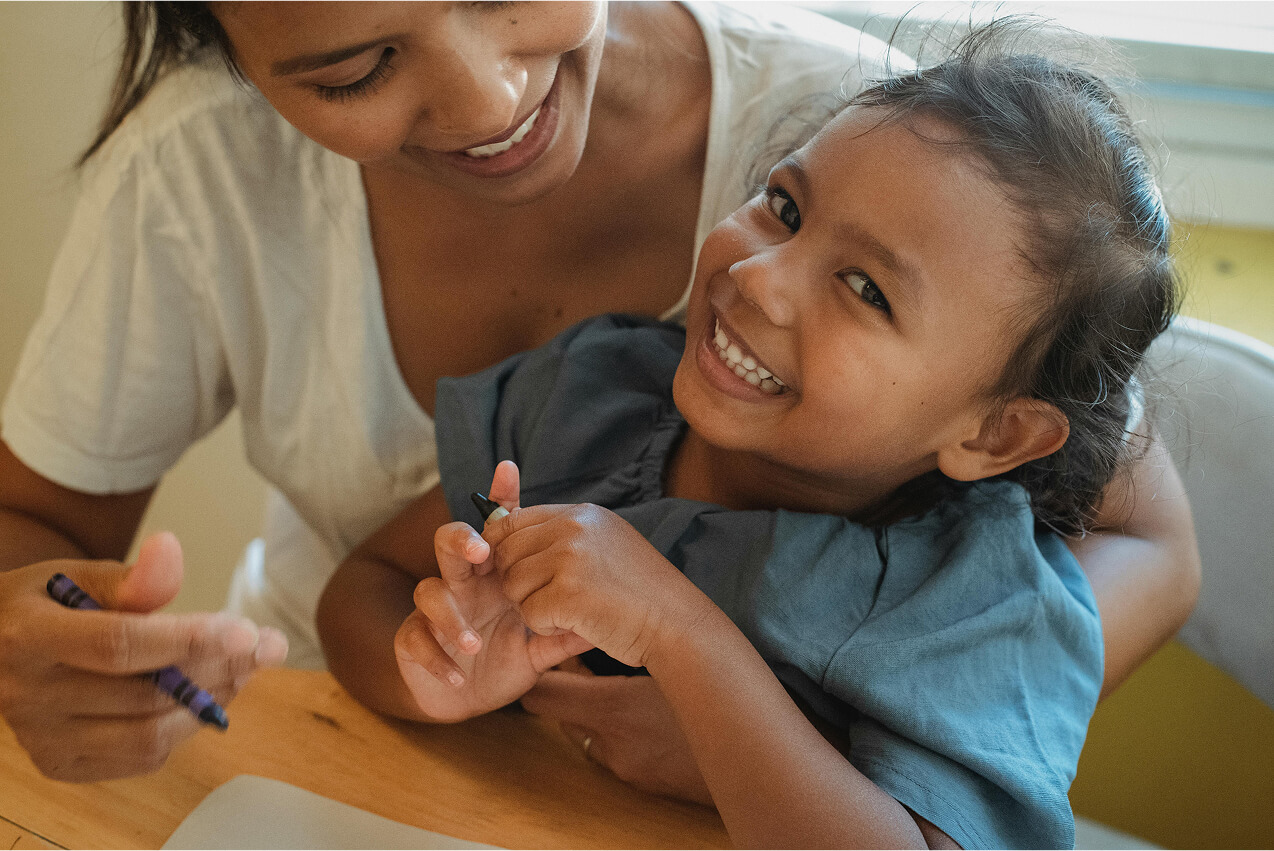The Natural Pace of Coloring
Unlike digital games with instant responses, coloring has inherent time requirements. Filling a space takes however long it takes – no shortcuts, no power-ups, no skip buttons. Children learn that some things simply require time to complete.
This unchangeable pace teaches acceptance of process. Children can’t argue with the physical reality that coloring every section takes time. They must either commit to the process or abandon it – there’s no middle ground of “making it go faster.”
Visible Progress as Motivation
Coloring provides continuous visual feedback. Each stroke adds color, each section completed shows advancement. This visible progress helps children understand that patience leads to results. They see their effort accumulating into something beautiful.
Educational coloring books with word puzzles add achievement layers. Finding letters while coloring creates mini-rewards throughout the process. “D_N_SAUR” becomes clearer with each colored section, maintaining engagement during longer coloring sessions.
The Incompletion Tolerance
Many children struggle with unfinished tasks. Coloring teaches that incomplete doesn’t mean failed. A half-colored page can be returned to tomorrow. This lesson – that progress counts even without completion – reduces anxiety about perfect outcomes.
Parents can model this by having their own ongoing coloring projects. Showing children that adults also work gradually on tasks normalizes the patience required for long-term goals.
Delayed Gratification Training
When children color for others – making birthday cards or gifts – they experience delayed gratification. The joy comes not from immediate completion but from eventual giving. This gap between effort and reward builds emotional regulation skills.
The anticipation of showing completed work teaches that waiting enhances satisfaction. Children learn that rushed coloring looks messy, while patient work creates pride-worthy results.
Managing Frustration Productively
Coloring inevitably includes mistakes – wrong colors, torn pages, marks outside lines. These small frustrations provide safe practice for patience. Children learn that getting upset doesn’t fix the mistake, but continuing calmly moves them forward.
Word puzzles in educational books add problem-solving patience. When children can’t immediately identify “EL_PH_NT”, they must think rather than quit. This cognitive patience transfers to academic challenges.
The Meditation of Repetitive Motion
The repetitive nature of coloring induces a meditative state. Back-and-forth motions calm the nervous system, naturally slowing racing thoughts. Children unknowingly practice mindfulness, learning that patience can feel peaceful rather than frustrating.
This meditative quality makes coloring ideal for transitions. After high-energy activities, coloring helps children patiently shift to calmer states without feeling forced to “sit still and wait.”
Social Patience Through Sharing
When multiple children color together, they must share supplies and space. Waiting for the red crayon teaches social patience. Watching others color differently teaches tolerance. These micro-lessons in patience build social skills.
Group coloring creates natural turn-taking opportunities without competitive pressure. Children learn that everyone works at different paces, and that’s acceptable.
Breaking Large Tasks Into Manageable Pieces
Complex coloring pages teach project management. Children learn to approach big tasks section by section. The dragon doesn’t get colored all at once – first the scales, then the wings, then the background.
This sectioning strategy applies everywhere. Homework, room cleaning, and future work projects all benefit from the patience habits developed through coloring. Children learn that “huge” becomes manageable when approached patiently.
The Patience Progression by Age
Ages 2-3: Learning to sit for 5-minute coloring sessions Ages 4-5: Completing single pages over 15-20 minutes Ages 6-7: Working on detailed pages across multiple sessions Ages 8+: Taking on coloring projects that span days or weeks
Each stage builds patience capacity gradually, without overwhelming developing attention spans.
Celebrating Patient Progress
Display unfinished work alongside completed pieces. This shows children that process matters as much as product. Date pages to track how long projects took, celebrating patience rather than speed.
Create a “patience gallery” where ongoing projects live. This normalizes incompletion and celebrates the patience required for continued effort.
When Impatience Strikes
When children express coloring impatience, avoid “just be patient” commands. Instead, acknowledge feelings: “Big pictures do take time.” Offer breaks: “Color for five more minutes, then we’ll do something else.”
Provide choices that honor their struggle: simpler pages for quick wins, or saving complex pages for patient moods. This teaches that patience is a skill to practice, not a character flaw to fix.
Build patience naturally through engaging educational coloring. Our books combine artistic satisfaction with hidden learning, making patience practice feel like play.
[Start Building Patience Today] – One page, one moment, one child at a time.

